

Max Davies
2026 Mazda CX-30 G20 Pure review
4 Days Ago

Senior Contributor
Toyota Australia continues to build a sprawling ‘Centre of Excellence’ on the 22-hectare grounds of its old car plant in the Melbourne suburb of Altona, the latest addition being a $40 million Product Centre.
Housed where the old engine assembly line lived, but refurbished after 39 years of powertrain production, this Product Centre brings the company’s product designers, accessory developers, and development teams under the same roof – “fostering a stronger culture of collaboration”.
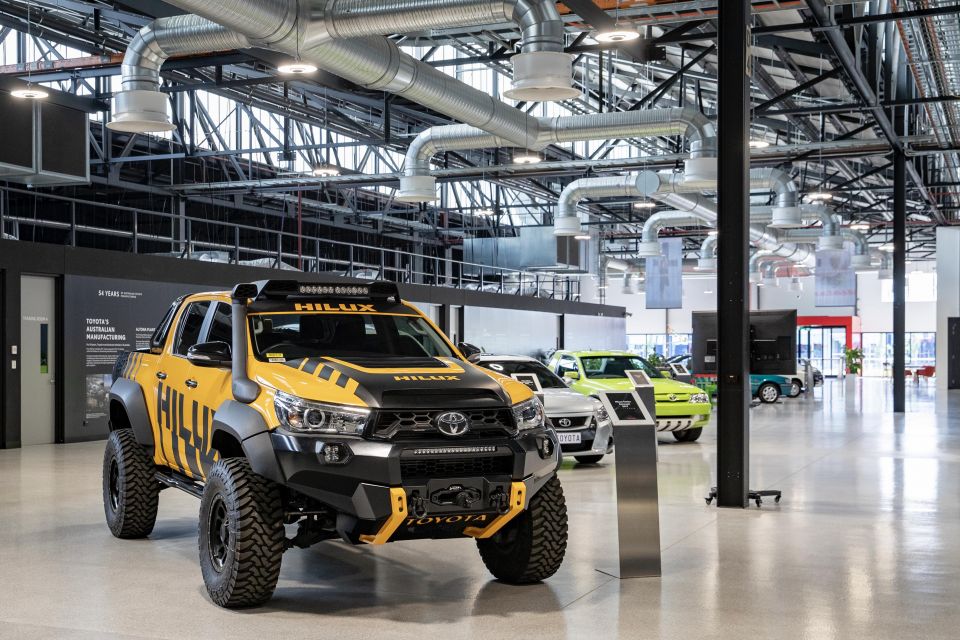
Until fairly recently the teams – a core of full-time people and contractors brought in for specific projects – had been spread around Melbourne, in south-east suburb Notting Hill, Port Melbourne, and in Altona.
While not on the scale of Ford Australia’s engineering and design operations, the creation of the Product Centre ensures the future of Toyota Australia’s involvement in the big global projects.
When Toyota shuttered the Altona plant it said it hoped to turn the site into something of this sort. Global chief Akio Toyoda flew out to announce the closure and made it clear he hoped to leave a legacy at the site.
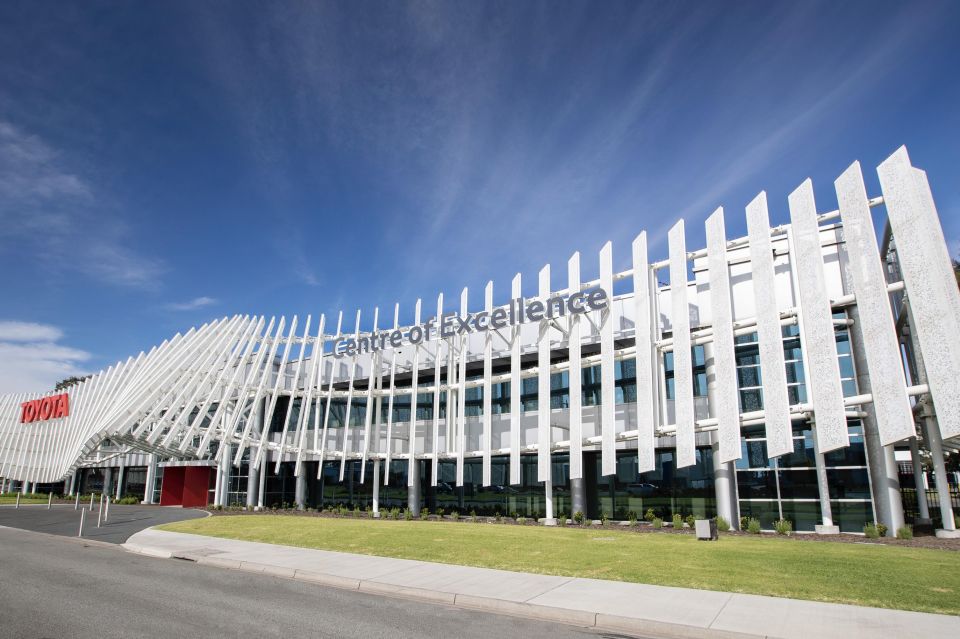
Toyota Australia’s Vehicle Evaluation and Development (VED) team plays a role in engineering projects, calibrating and durability testing models like the LandCruiser – including the 300 Series, a project it claims to have started on in 2014 – HiLux, and Prado.
The VED team’s rejigged home base at the Product Centre, from where the team head out into Australia’s vast innards and to proving grounds for their real-world testing, includes six open work bays and eight upgraded vehicle hoists rated to 4.5 tonnes.
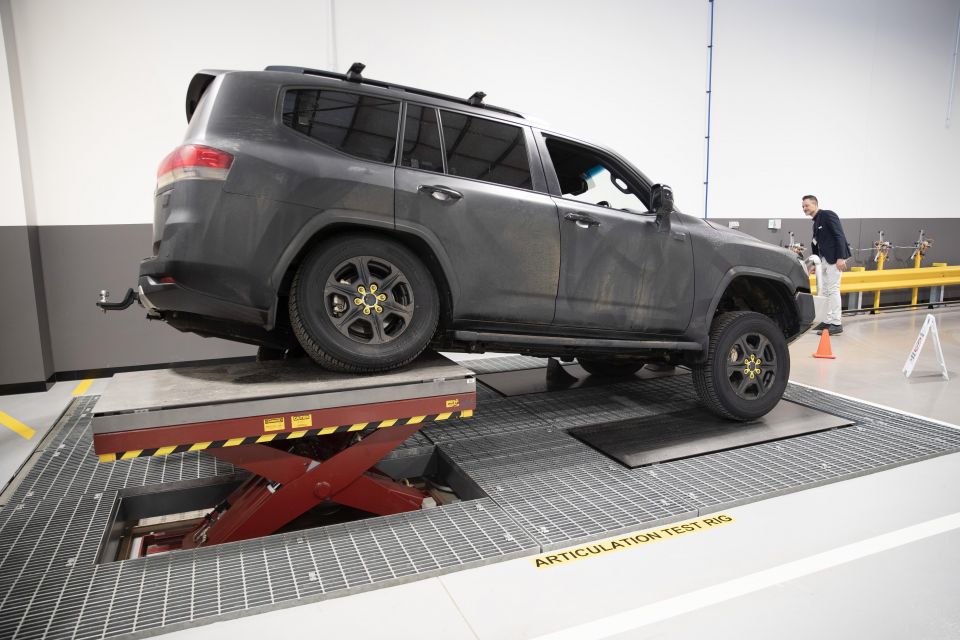
Beyond honing components and tunes, the VED department is tasked with benchmarking Toyota vehicles and their competitors; in terms of their on- and off-road durability, through to the effectiveness of their active safety and driver assist features.
Along with subjective human feedback from the local experts, nifty tools include steering input robots, a laser wheel aligner, shock absorber dynamometer, and measurement machines developed in-house including a bespoke suspension articulation rig and a leaf-spring compressor.
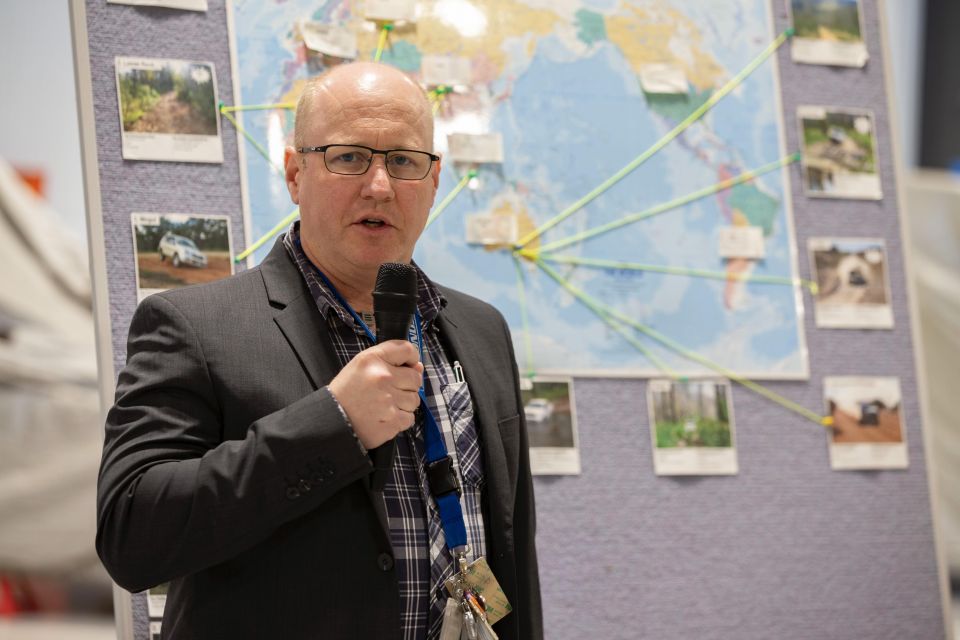
These are the guys to thank for the recent HiLux update that improved the unladen ride quality.
With one of the most extreme and varied landscapes in the world, Australia is the perfect country for Toyota to fine-tune vehicles, says its manager of research, evaluation and training Ray Munday (above).
“Undertaking development of these heavy-duty 4WDs in Australia, in a number of different usage conditions, is the ideal testing and development environment,” Mr Munday said.
“Being one of the oldest geological countries on the planet, we have conditions that are some of the most unique in the world, and these are hard to replicate in a test lab.”
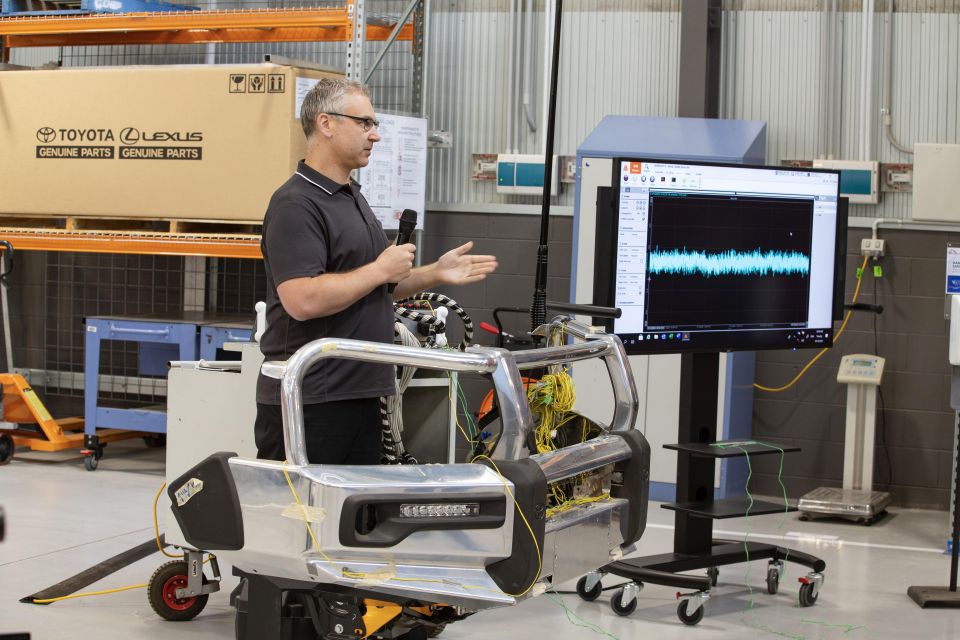
The Product Centre becomes one of 13 TMC global hubs for branded genuine accessories, largely in the areas of development testing and validation of the components, and on vehicles as a system. Once again the LandCruiser 300 Series and its factory add-ons, were cited as a main example of the work it does.
With nearly 40 employees on site, Toyota says this division creates accessories not only for the Australian market, but also for export to New Zealand, Europe and South Africa. The HiLux Rogue’s roller tonneau cover is cited as an example.
Equipment on site includes environmental chambers that can simulate extreme hot and cold temperatures, as well as high and low humidity conditions. Millions of cycles of vibration tests are carried out, mimicking road corrugations to ensure accessories like bullbars can cope.
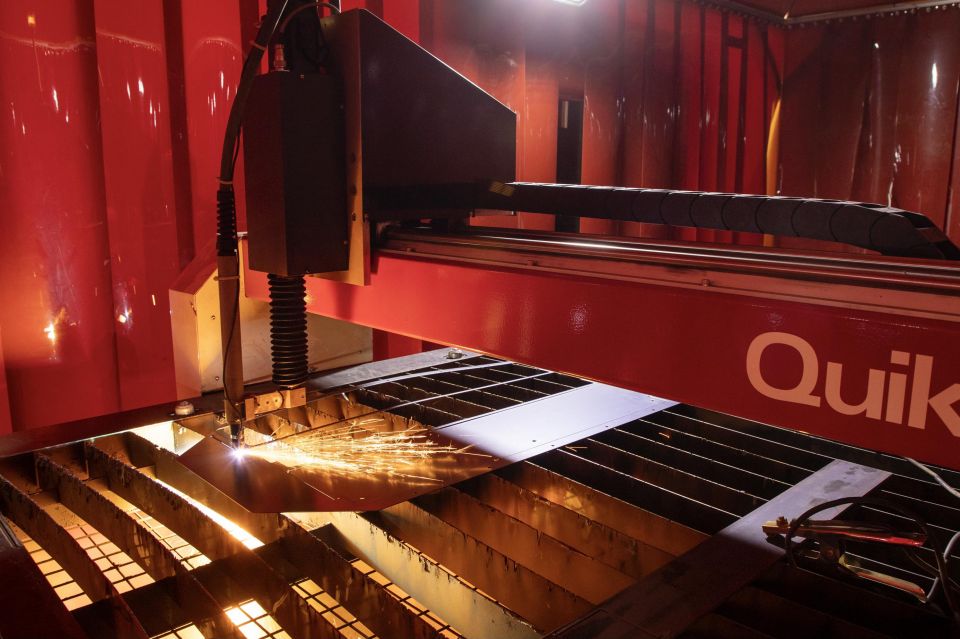
The team collects and logs data using strain gauges to measure the amount of stress being put on not only the accessories like bullbars, nudge bars and antennas, but also the vehicle itself to ensure proper integration for the entire vehicle.
Although the team’s work focuses on 4WD vehicles that have higher rates of accessory fitment, the group also develops accessories for passenger cars, SUVs and Lexus vehicles, it claims.
Senior manager for Toyota Australia conversions and accessories, Stephen Castles, reckons the work done on ‘Genuine Toyota Accessories’ goes “truly above and beyond” what the aftermarket offers.
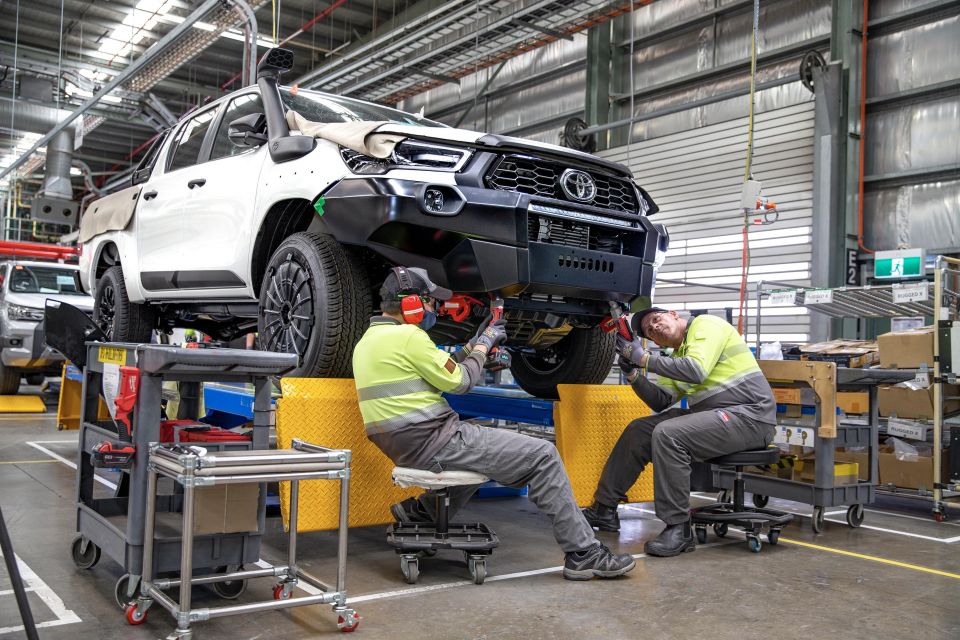
Nicknamed T-Con, the Toyota Conversions department previously based at Webb Dock serves as a secondary assembly line for the Australian-market HiLux Rugged X and Rogue editions.
It runs a station-by-station assembly line and adheres to TMC’s global manufacturing standards, the company says. This is much like similar programs such as the Premcar-led Nissan Navara Warrior or Walkinshaw-led Volkswagen Amarok range-toppers, but done fully in-house instead.
HiLuxes are shipped from the factory in Thailand, and upon reaching ‘T-Con’ are fitted with the various components such as bullbars, bash plate, recovery points and motorised roller cover (Rogue only). This roller cover is actually made in the same facility, in an adjacent bit of floorspace.
The company makes around 500 Rogues and Rugged X editions each month at present, but has the bandwidth to scale it up.
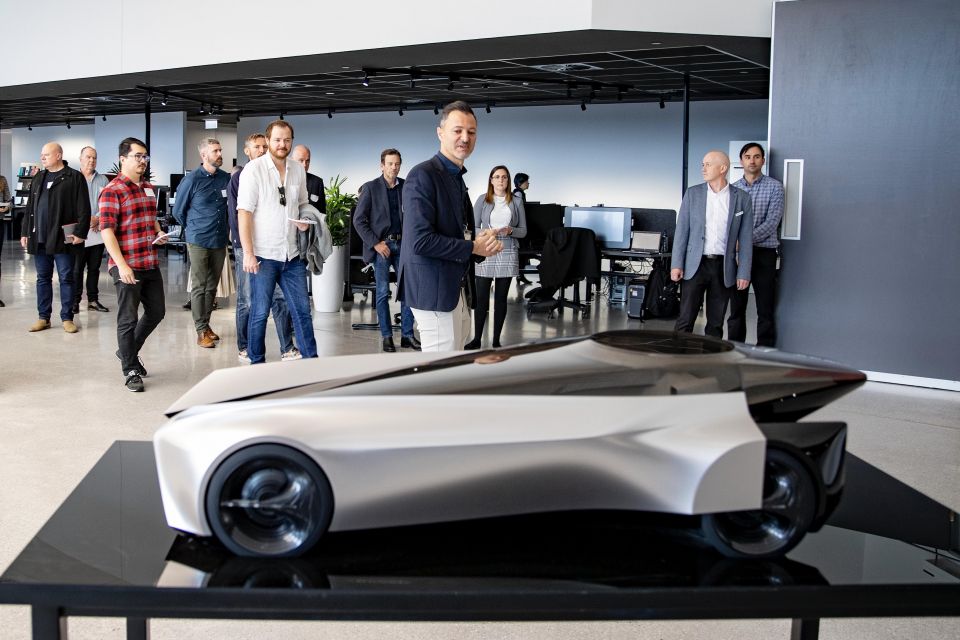
The Product Design department with 42 staff has also relocated from Port Melbourne to its new home.
The new studio features two car-size modelling plates where designers, studio engineers, clay and digital modellers work together. Virtual design with international partners is “increasingly prevalent”, and the new studio “is equipped with all necessary tools to facilitate seamless development”, says Toyota.

A fabrication area for prototyping has two full-size five-axis CNC milling machines and ten 3D printers, and a finishing area using a waterborne spray booth.
The indoor viewing area is a controlled environment with three indoor turntables, studio-quality diffused lighting, and curved ceilings. It can be used to evaluate new designs, but also for photography and vehicle launch purposes. An outdoor viewing area is also included when natural daylight evaluation is required.
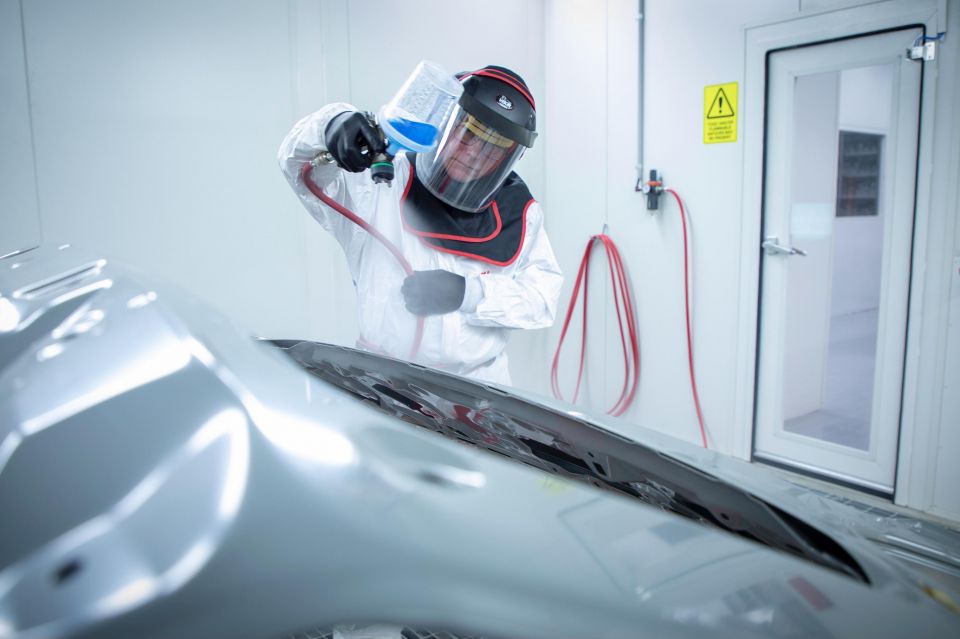
“With a fresh start on what was once the engine plant, the new, single level space offered a unique opportunity to create an efficient and exciting workspace,” the company says, adding that it takes on design briefs mostly for local model editions, but also contributes to various projects as a recognised design centre internally.
”Products styled in Australia make their way to most corners of the globe, a testament to the commitment Toyota Australia has made, continuing to be competitive on the world stage. The new Product Centre is the next chapter in that journey to continue designing ever-better products both for Australia and abroad,” the company added.

Toyota Australia vice president for product, guest and aftersales Mike Rausa says the new facility will give the product design, engineering and evaluation teams more opportunities to create products.
“We’ve already seen what our planning and development teams are capable of, with vehicles like the HiLux Rugged X and HiLux Rogue proving to be popular here in Australia and creating accessories that are adopted in markets around the world,” Mr Rausa said.
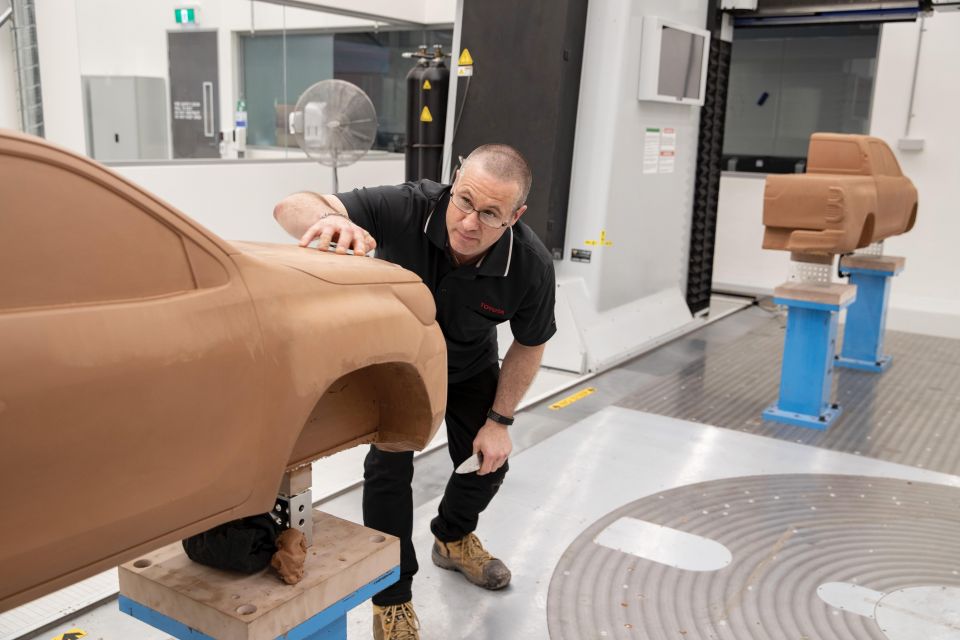
“We wanted to retain and build on the capability developed during our long history of vehicle manufacturing, providing a highly collaborative environment that would allow Australian design and engineering expertise and know-how to be utilised within the broad Toyota family.
“The new Product Centre delivers just that, keeping jobs, skills and career paths grounded in Australia.”
Toyota Australia general manager of product planning and development Rod Ferguson added the new Product Centre would create an environment that allowed Australia to spearhead projects for the local market and beyond.
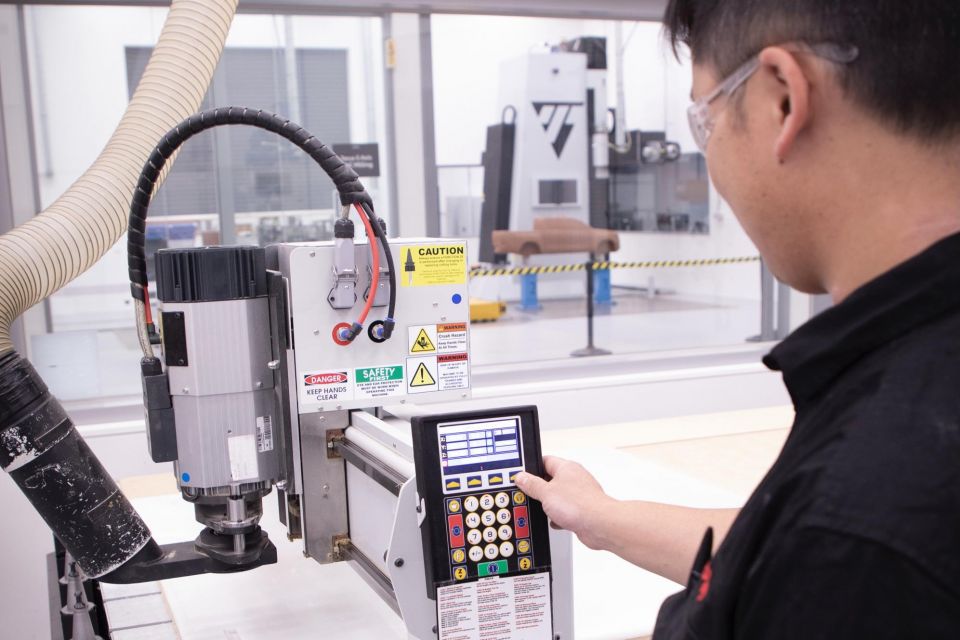
“Our design and engineering teams are highly utilised by Toyota affiliates around the world, thanks to their exceptional ability to create products that resonate with customers across the globe,” Mr Ferguson said.
“Having previously been based at multiple facilities around Melbourne, consolidating the product teams on one site in a state-of-the art facility, alongside other TMCA business functions, will foster a level of collaboration that hasn’t been possible before.
“The new Toyota Product Centre ensures Toyota’s legacy of locally developed products will continue for decades to come.
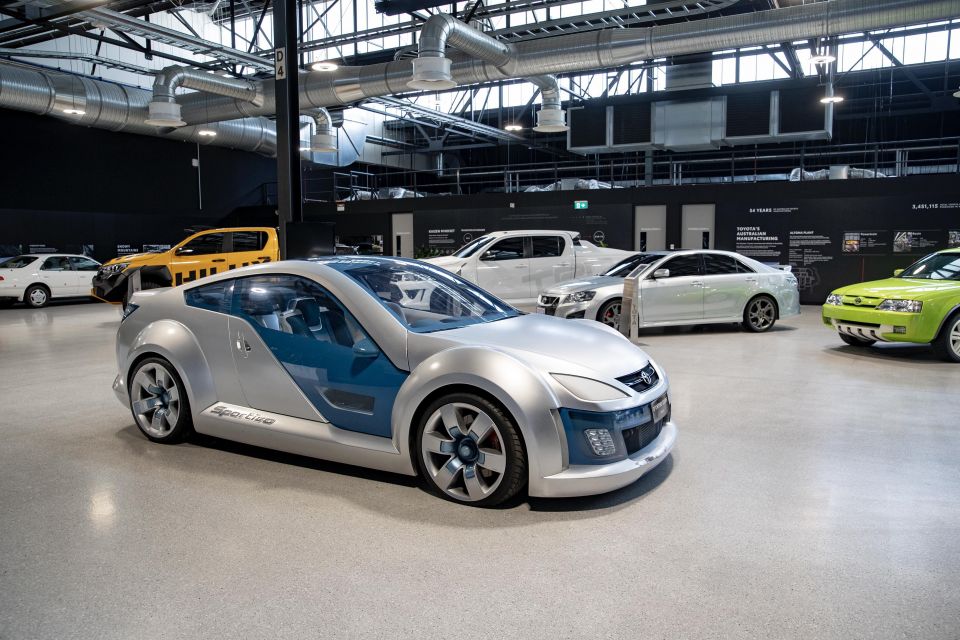
Toyota says the $40 million Product Centre is one part of its wider $150 million Centre of Excellence at the Altona site, which houses about 700 staff total and also includes:
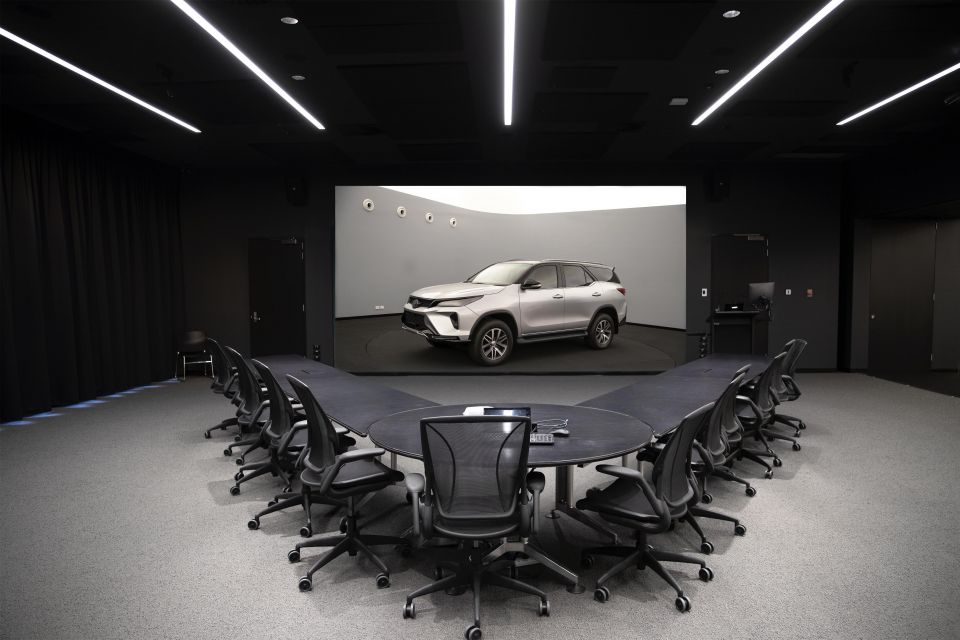

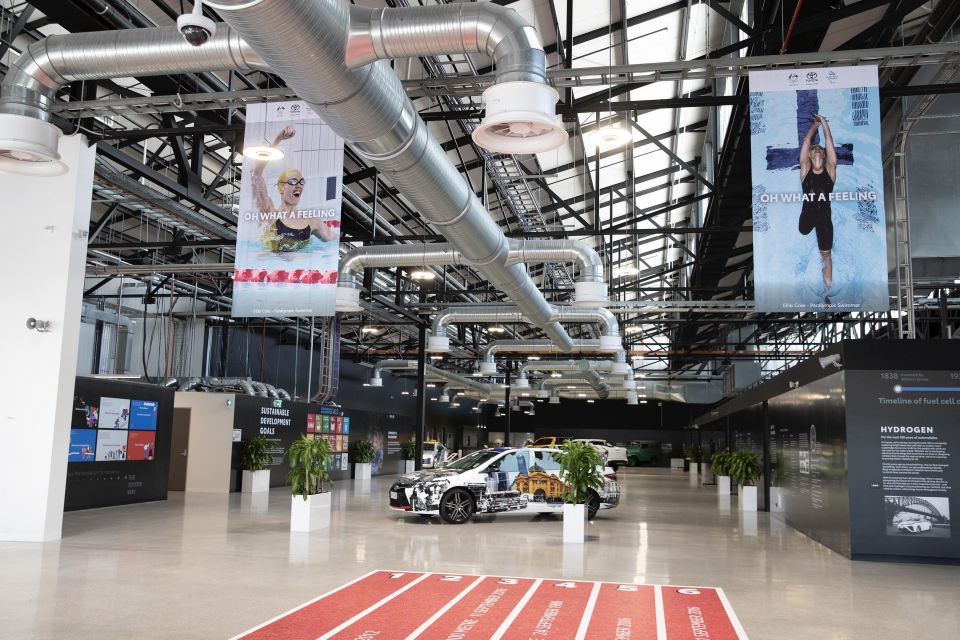
Where expert car reviews meet expert car buying – CarExpert gives you trusted advice, personalised service and real savings on your next new car.


Max Davies
4 Days Ago


James Wong
2 Days Ago


William Stopford
2 Days Ago


Josh Nevett
1 Day Ago
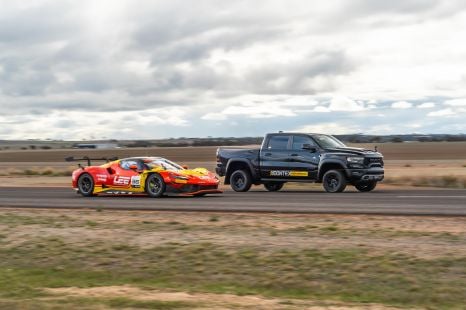

Paul Maric
19 Hours Ago


Ben Zachariah
8 Hours Ago